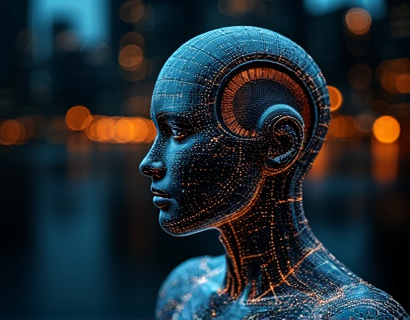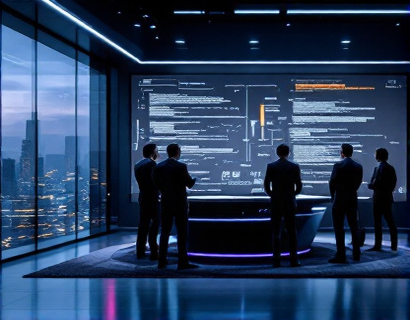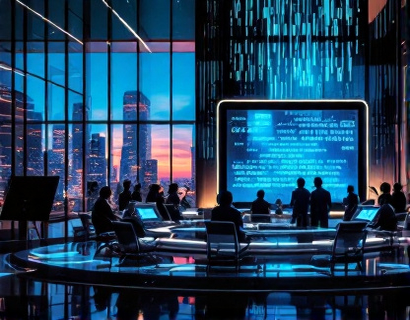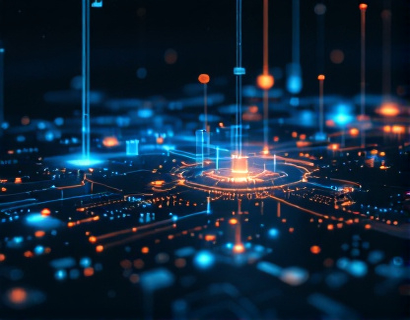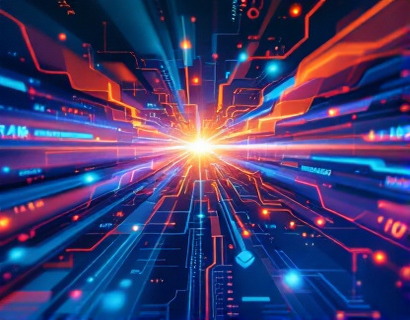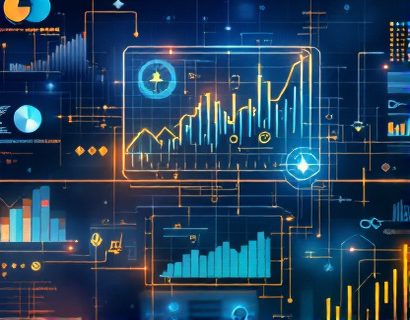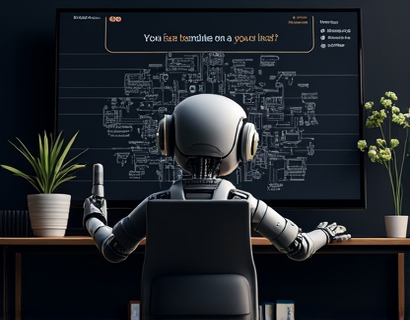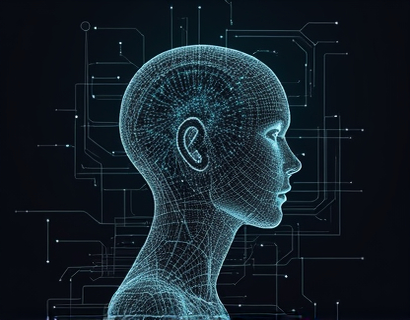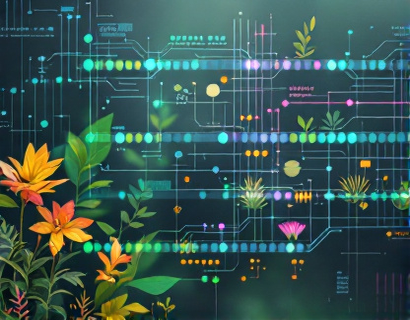AI-Powered Translation Technology: Revolutionizing Global Communication
In an increasingly interconnected world, the ability to communicate across languages has become more crucial than ever. AI-powered translation technology stands at the forefront of this revolution, offering unprecedented precision and speed in breaking down language barriers. This advanced technology is not just a tool for translators but a game-changer for businesses and individuals seeking to expand their global reach. By leveraging the power of artificial intelligence, these solutions provide accurate and efficient translations, facilitating seamless multilingual connections across various industries.
The Evolution of Translation Technology
The journey of translation technology has been marked by significant milestones. From the early days of rule-based systems to the current era of neural machine translation, the accuracy and naturalness of translations have seen dramatic improvements. Traditional methods relied on predefined rules and dictionaries, often resulting in stiff and unnatural translations. The advent of machine learning and deep learning has transformed this landscape, enabling systems to learn from vast amounts of data and context, thus producing more fluent and contextually appropriate translations.
How AI-Powered Translation Works
At the core of AI-powered translation technology lies neural machine translation (NMT). Unlike traditional rule-based systems, NMT uses neural networks to understand and generate translations. These neural networks are trained on massive datasets, allowing them to capture the nuances and complexities of language. The process involves several key steps: tokenization, where text is broken down into manageable units; encoding, which converts the input text into a numerical representation; and decoding, where the system generates the translated text. This approach enables the model to consider the entire sentence or context, rather than translating word by word, resulting in more accurate and natural-sounding translations.
Benefits for Businesses
For businesses, AI-powered translation technology offers numerous advantages. One of the most significant benefits is the ability to communicate effectively with international clients and partners. Language barriers can hinder business growth and limit market access, but with precise and rapid translations, companies can overcome these challenges. AI translation tools enable real-time communication, reducing delays and enhancing collaboration. Moreover, these tools can translate documents, emails, and website content, ensuring that all business communications are accessible to a global audience. This not only improves customer satisfaction but also helps in building a strong brand presence worldwide.
Enhancing Customer Experience
The customer experience is a critical factor in business success, and language plays a pivotal role in this aspect. AI-powered translation tools can be integrated into customer service platforms, chatbots, and support systems to provide multilingual assistance. This ensures that customers from different linguistic backgrounds receive the help they need in their native language, leading to higher satisfaction and loyalty. For e-commerce businesses, translating product descriptions, reviews, and user manuals can significantly enhance the shopping experience for international customers, driving sales and expanding market reach.
Challenges and Limitations
Despite the numerous benefits, AI-powered translation technology is not without its challenges. One of the primary limitations is the accuracy of translations, especially for low-resource languages with limited training data. Idiomatic expressions, cultural nuances, and context-specific meanings can be difficult for AI systems to capture accurately. Additionally, while AI can handle large volumes of text quickly, it may still struggle with highly specialized or technical content. To overcome these challenges, continuous improvement and fine-tuning of models are essential, along with human oversight to ensure the highest quality of translations.
Applications Across Industries
The applications of AI-powered translation technology extend far beyond business communications. In the healthcare sector, accurate translations of medical documents and patient communications are vital for providing quality care to a diverse patient population. In the legal field, precise translations of contracts and legal documents are crucial to avoid misunderstandings and ensure compliance with local laws. The education sector benefits from AI translation tools that facilitate access to educational resources in multiple languages, promoting global learning and cultural exchange. In the travel and tourism industry, real-time translation services can enhance the experience for international visitors, making destinations more accessible and appealing.
Real-World Examples
Several companies and organizations have successfully integrated AI-powered translation technology into their operations. For instance, a multinational corporation used AI translation tools to translate its website and marketing materials into multiple languages, resulting in a 30% increase in international sales within a year. A global healthcare organization implemented AI translation for patient forms and medical instructions, leading to improved patient understanding and better health outcomes. In the tech industry, a software company utilized AI translation to localize its products for different markets, enhancing user experience and driving adoption.
Future Trends in Translation Technology
The future of AI-powered translation technology is promising, with several exciting trends on the horizon. One such trend is the integration of multimodal translation, which combines text, speech, and visual content to provide more comprehensive and context-aware translations. This approach can significantly improve the accuracy of translations in complex scenarios, such as video subtitles or live conversations. Another trend is the development of personalized translation models that adapt to individual user preferences and communication styles, further enhancing the naturalness and relevance of translations. Additionally, the increasing availability of edge computing will enable real-time translation on devices without the need for constant internet connectivity, making these tools more accessible and reliable.
Conclusion
AI-powered translation technology is revolutionizing global communication, breaking down language barriers and opening up new opportunities for businesses and individuals. By providing precise and rapid translations, these tools facilitate seamless multilingual interactions, enhancing collaboration and expanding market reach. While challenges remain, ongoing advancements and improvements continue to push the boundaries of what is possible. As the world becomes more interconnected, the importance of effective communication across languages will only grow, making AI-powered translation an indispensable asset for the future.




